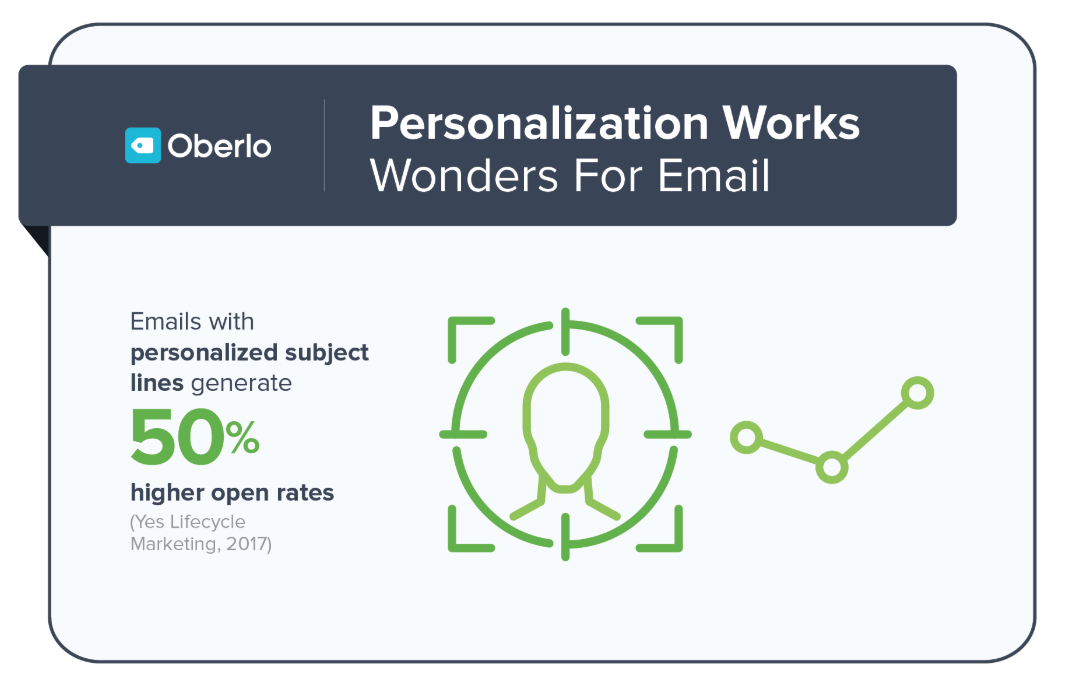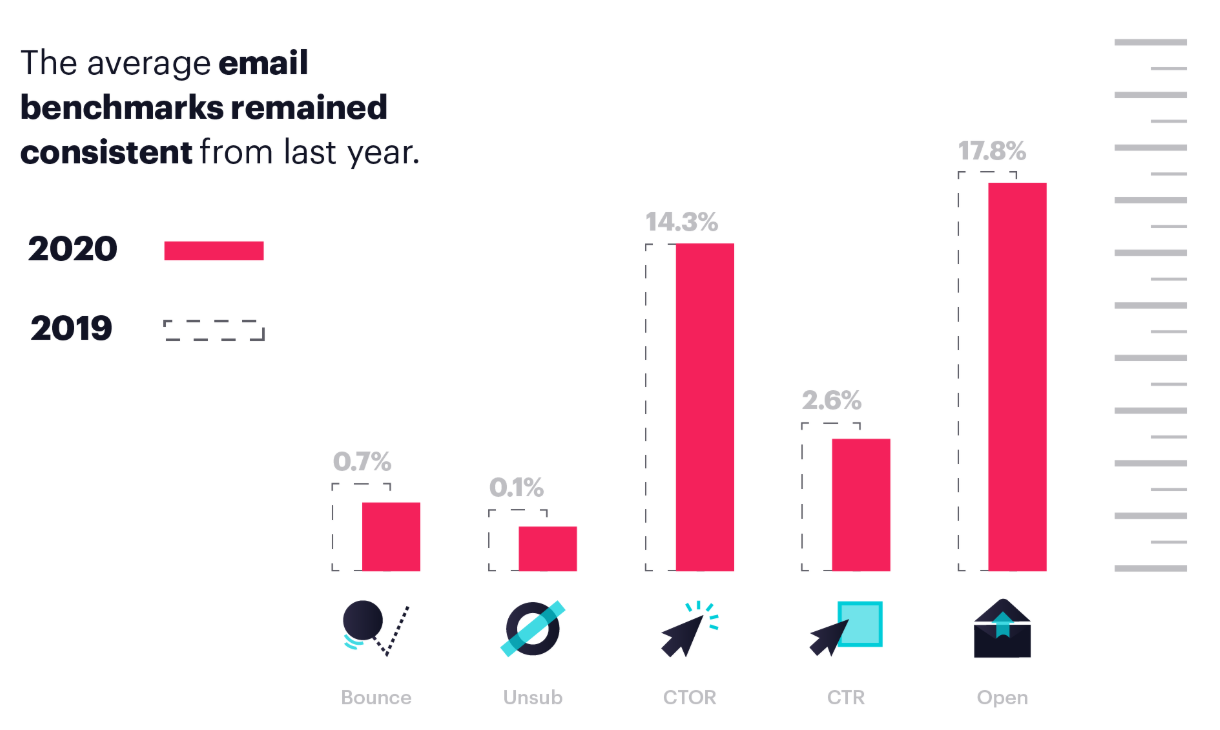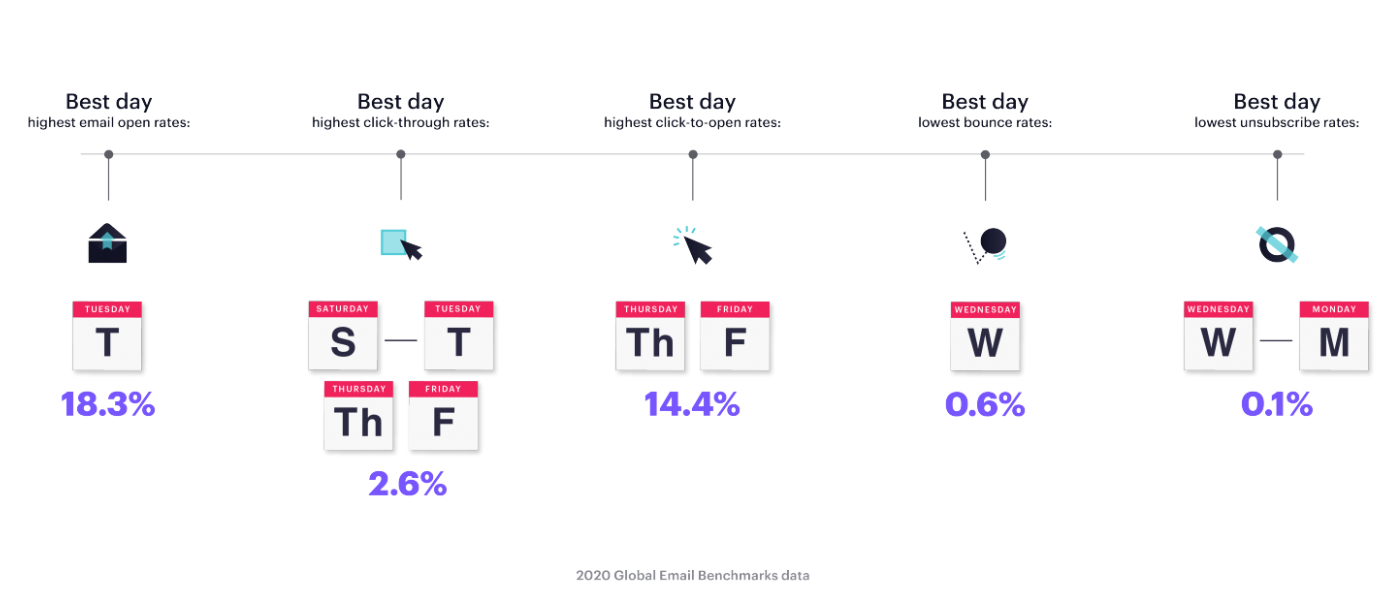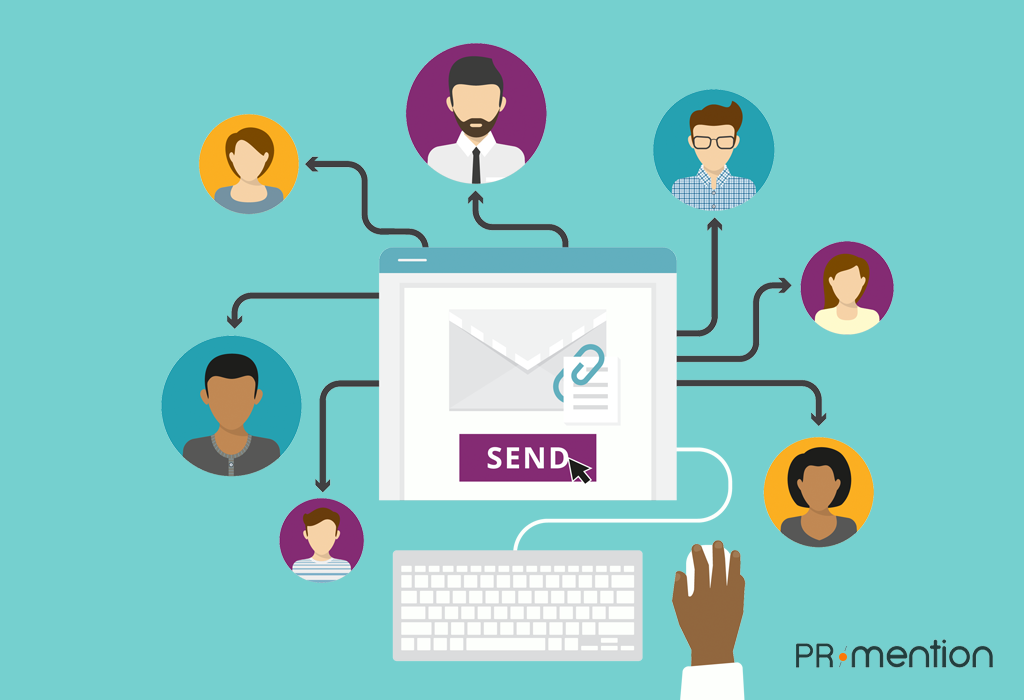Closing deals is probably the hardest part of the entire sales process. In order to do it successfully, you need to identify when a prospect is ready to make a purchase, and this is not always clear — especially via email.
Without the help of nonverbal communication, finding the perfect moment to close the deal can be quite tricky.
Luckily, there are some guidelines that can help you make your email communication more effective and streamlined, which will ultimately help you close more deals.
Do your research
Crafting an effective email doesn’t really start with a subject line. It starts way before you even start typing your message.
In order to write a compelling message that will grab readers’ attention and convert your leads into customers, you need to do your research first.
Knowing your prospects well (and also knowing exactly what you can offer them) will help you find a perfect selling point for them and boost your chances of closing a sale.
The more information you have about your prospects the more personalized you can make your outreach — otherwise your emails will seem too generic and won’t catch any attention.
 Source: Obrelo
Source: Obrelo
Personalization is also what separates cold email outreach from cold email blasting, so don’t reserve it only for warmer leads — use it any time you’re reaching to your prospects.
Write an effective email
Subject line
No matter the content of your email, if you want your recipients to actually open it, you need to have a catchy subject line.
Stats show that about 269 billion emails were sent and received each day in 2017, and that figure is only expected to grow to almost 320 billion by 2021. However, the average open rate is only about 17.8%.
 Source: Campaign Monitor
Source: Campaign Monitor
With that many emails being exchanged each day, it’s no surprise that many of them go unnoticed. That’s why it’s crucial to put in extra effort into your subject lines. If they’re too bland and generic, they will just get lost in the sea of other emails.
You can find many useful examples of email subject lines for pretty much every occasion, from sending an email for the first time to following up after the previous conversation. Just make sure to add a personal touch whenever you can.
Opening line
Similarly to subject lines, your email opening should also be personalized. Starting with generic information won’t bring you much success. Sure, you’re probably sending the same email to many recipients, but they don’t really want to feel like just another email address in your contact list.
Instead, try to open with something more specific for each recipient. Ask yourself — have you already been in touch with the lead? Do you have a mutual connection? Did you attend any events together? Did they or their company recently publish anything interesting?
These are all useful information that can help you come up with a unique, personalized opening line.
Body
While subject lines and opening are essential for grabbing attention, the body text of the email is the part where you really need to sell your product or service.
However, you don’t want to make it all about your business. In fact, you actually want to focus more on your leads and their pain points.
This is where the research that you previously did really comes handy. In order to write a good sales email, you need to have as much information about your leads as possible.
Closing
Although it often gets overlooked, closing is another essential part of a sales email. Once they reach the final greeting, recipients can be sure the message is over and didn’t get cut off by those annoying little dots. But ending all your emails with “Kind regards, Mark” won’t really do it. There are actually many different ways to end your emails.
However, it’s not only about greetings. Ending your emails with a CTA or a question will increase your chances of getting a response and will serve as a guide to your readers on what the next steps are.
Besides question or a CTA, here are some more things you should include at the end of your email:
- Your full name — most people are bad with remembering names, so using a full name will make it slightly easier to remember.
- Title — stating your title will help the recipients understand your role at the company and let them know exactly what to expect from you.
- Contact information — it’s useful to add a phone number, social media profiles, and a company website if your recipients want to reach you on different channels.
- Company logo — feel free to use the company logo if you can, but be careful not to make it too big.
Keep in mind that, as this is the last thing your recipients will read, it will stay the freshest in their memory, so it’s essential to make it count.
Rely on templates
Writing an email following all these rules may seem a bit overwhelming. However, you don’t really need to write everything from scratch.
There are many tried and tested templates that will offer you a great starting point that you can tweak to make it fit your audience perfectly.
As mentioned before, personalization is extremely important when it comes to sales, so make sure that you’re not just copy-pasting the template. Adding a dash of personalization can make all the difference and take your message from bland and boring to unique and eye-catching,
Step away from your email
Once you finish writing your default sales email, it can be useful to let it sit for a while and get back to it the next day.
When you get immersed in a task it can be difficult to see tiny mistakes such as typos, so it helps to step away from it and do something else for a while before coming back to it.
It will not only help you catch those potential little mistakes, but also offer you a new perspective once you get back to it with a clear head.
Also, it can be difficult to nail it the first time, so have a few different options and A/B test them to see which one works the best.
Timing is everything
Most research indicates that the best day to send sales emails is Tuesday, more specifically Tuesday morning around 10 am.
Mondays are usually reserved for urgent tasks after the weekend and it also takes time to get back on track after the break. Tuesdays are usually less busy so people have time to read their emails, making them the best day of the week with the highest email open rates (18.3%).
 Source: Campaign Monitor
Source: Campaign Monitor
Also, keep in mind that most people check their emails first thing in the morning and before going to sleep, so sending emails early in the morning or late in the evening will bring you the most success.
But good timing isn’t only about finding the best day of the week and the perfect time of the day to send an email. You also need to have a clear understanding when your leads are warm and ready to purchase. If you try to sell too soon while they’re still cold, chances are you’re gonna miss the opportunity to close the deal completely.
The importance of follow-up
If you truly want to streamline your email communication, sending just one email is simply not gonna do it — no matter how well written it is. Most of the time you’ll also need to follow up.
In fact, stats show that 80% of prospects say “no” four times before they say “yes”, so don’t get discouraged if you don’t receive a positive response (or no response at all) after the initial email. However, only 8% of sales people proceed to follow-up for the fifth time. Needless to say, you should be within those 8%.
We already discussed the best time for sending emails. The same goes with follow-up, but another thing to keep in mind besides that is to wait 3-5 days before sending follow-up.
As with any emails, keep your follow-up personalized, catchy, and short.
Conclusion
To conclude, streamlining your email communication isn’t just about writing and sending emails. It’s also about doing your research, testing, tweaking, and trying again if the first time you don’t succeed.
Having a solid template to build from is important, but don’t forget to add personal touch to every email you send to make it seem more unique and genuine.
Also, don’t forget about the timing. Be mindful of the day of the week, time of the day, and the warmth of your leads.
Finally, don’t give up after the first time. It’s perfectly normal to send a few follow-up emails before you manage to close the deal.
Which aspect of email communication do you find the most challenging? Hopefully, this guide helps you overcome those obstacles and streamline your email communication!
Author Bio
Milana Jovic is a digital marketer and search engine optimizer. After getting a degree in marketing and economics, she started focusing on B2B and SaaS industry. Interested in combining traditional marketing strategies with new technology-driven tactics.
PRmention is a digital PR agency for startups & SaaS businesses. Occasionally, we accept high quality contributed content and we’d love to hear any ideas you may have. Feel free to email us on guestcolumn@prmention.com if you are interested in contributing.

